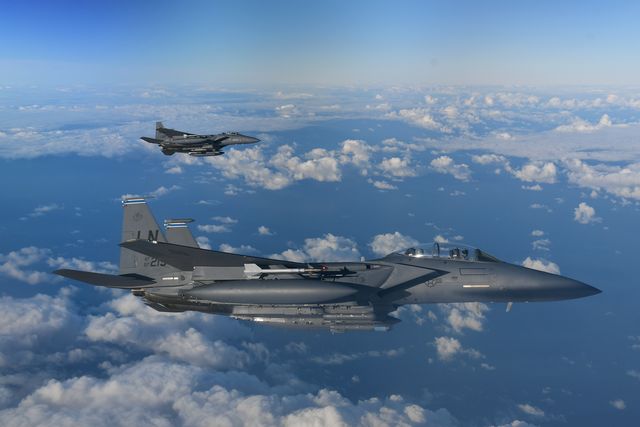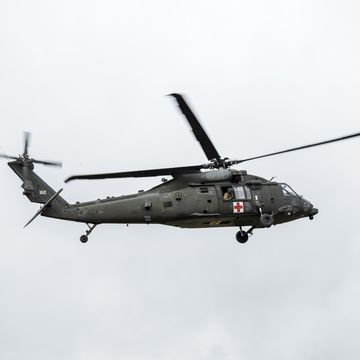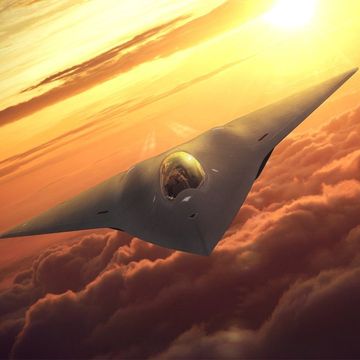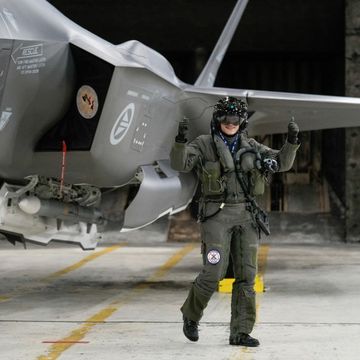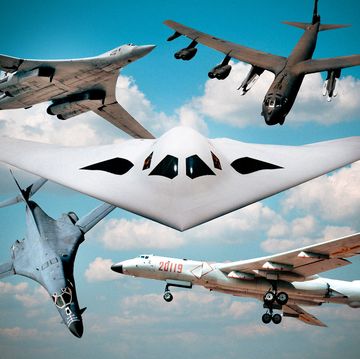The Pentagon’s 2020 request for eight F-15 Eagle fighters is a testament to the fighter’s versatility. Nearly five decades after first flight, the F-15 is still relevant on the modern battlefield, proving the value of continuously upgrading platforms with the latest technologies. The jet, which observers believed would die out after the introduction of the F-35 Joint Strike Fighter, is embarking on an unlikely second career as a sidekick to fifth generation fighter.
An op-ed in FlightGlobal, “The F-15's Unlikely Renaissance”, discusses how the fighter jet, which first flew in 1972, is undergoing a second career fifty years later and could see continuous service with the U.S. Air Force for up to eighty years. The Pentagon is requesting funding for eight F-15X fighters in 2020, with a total buy of 80 jets in five years.
The F-15 was originally designed as an air superiority fighter, entering service with the U.S. Air Force in the late 1970s. Equipped with a powerful radar, enough horsepower to allow the jet to accelerate straight up and carry up to eight air to air missiles, the F-15 was designed to sweep the skies of enemy aircraft. A later version, the F-15E Strike Eagle (see top), was adapted to fulfill both air-to-air and air-to-ground missions.
The F-15E proved popular with U.S. allies even after the U.S. Air Force stopped buying them, with countries such as Israel, Singapore, Korea, Saudi Arabia, and Qatar. These countries funded a series of upgrades to the jet that will now be integrated into the new Boeing F-15X that is part of the 2020 Air Force budget. The Air Force will likely use the jet as a missile-slinging partner for the stealthy, but less well-armed F-35.
In addition to already paid development costs, Flight Global identifies other reasons why the F-15X makes sense: The aircraft will be cheaper to operate per hour than the F-35. It will also simplify training: current F-15C, -D, and -E pilots will be able to easily transition to the F-15EX with a minimum of retraining. The F-15EX can also accommodate large, oversize weapons the F-35 cannot.
Source: FlightGlobal

Kyle Mizokami is a writer on defense and security issues and has been at Popular Mechanics since 2015. If it involves explosions or projectiles, he's generally in favor of it. Kyle’s articles have appeared at The Daily Beast, U.S. Naval Institute News, The Diplomat, Foreign Policy, Combat Aircraft Monthly, VICE News, and others. He lives in San Francisco.
